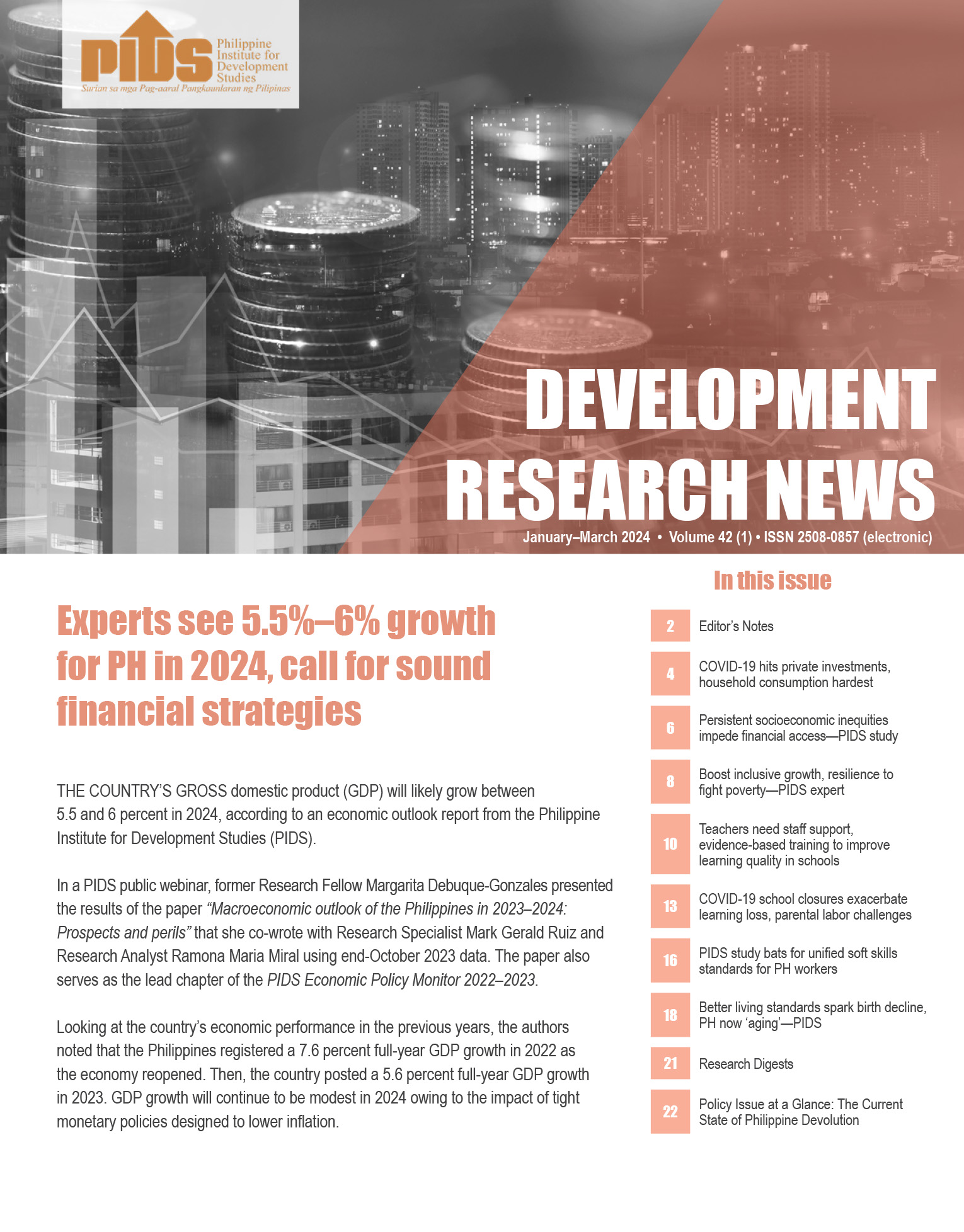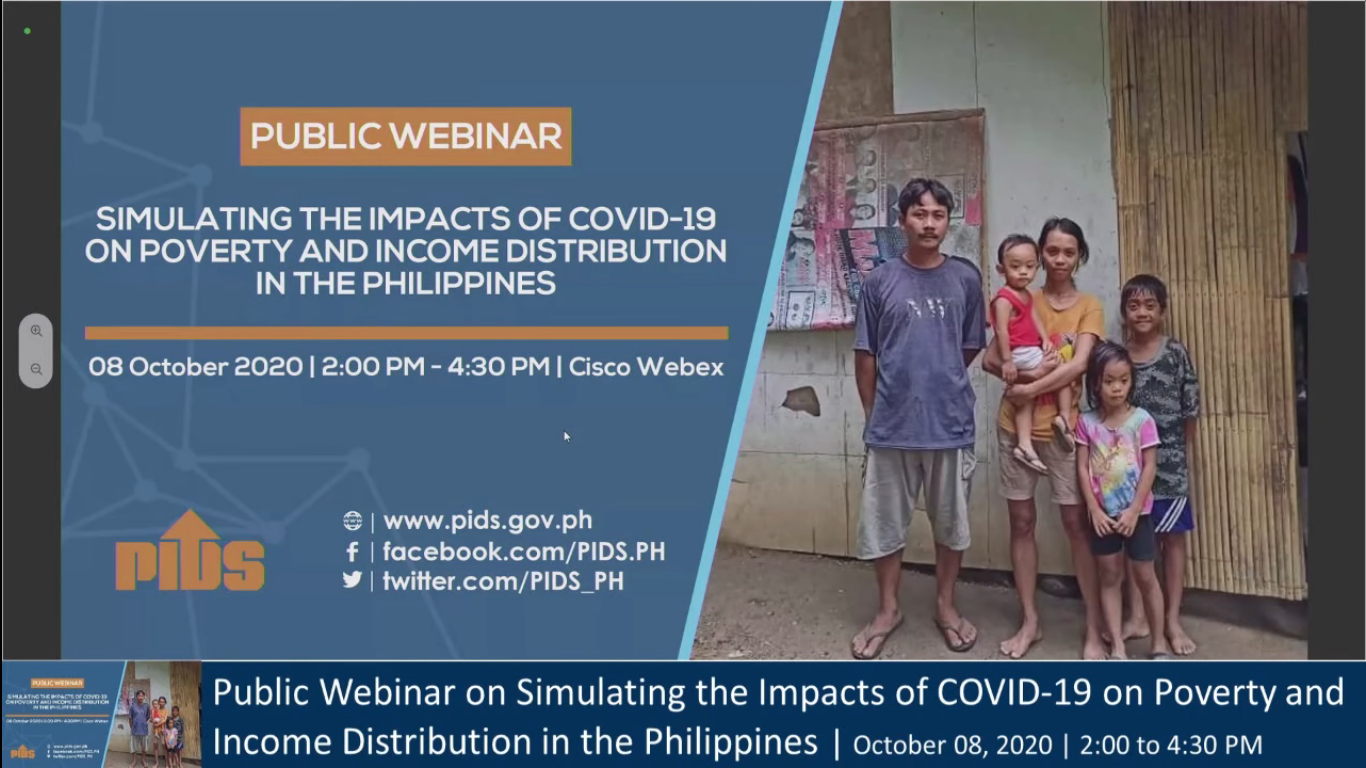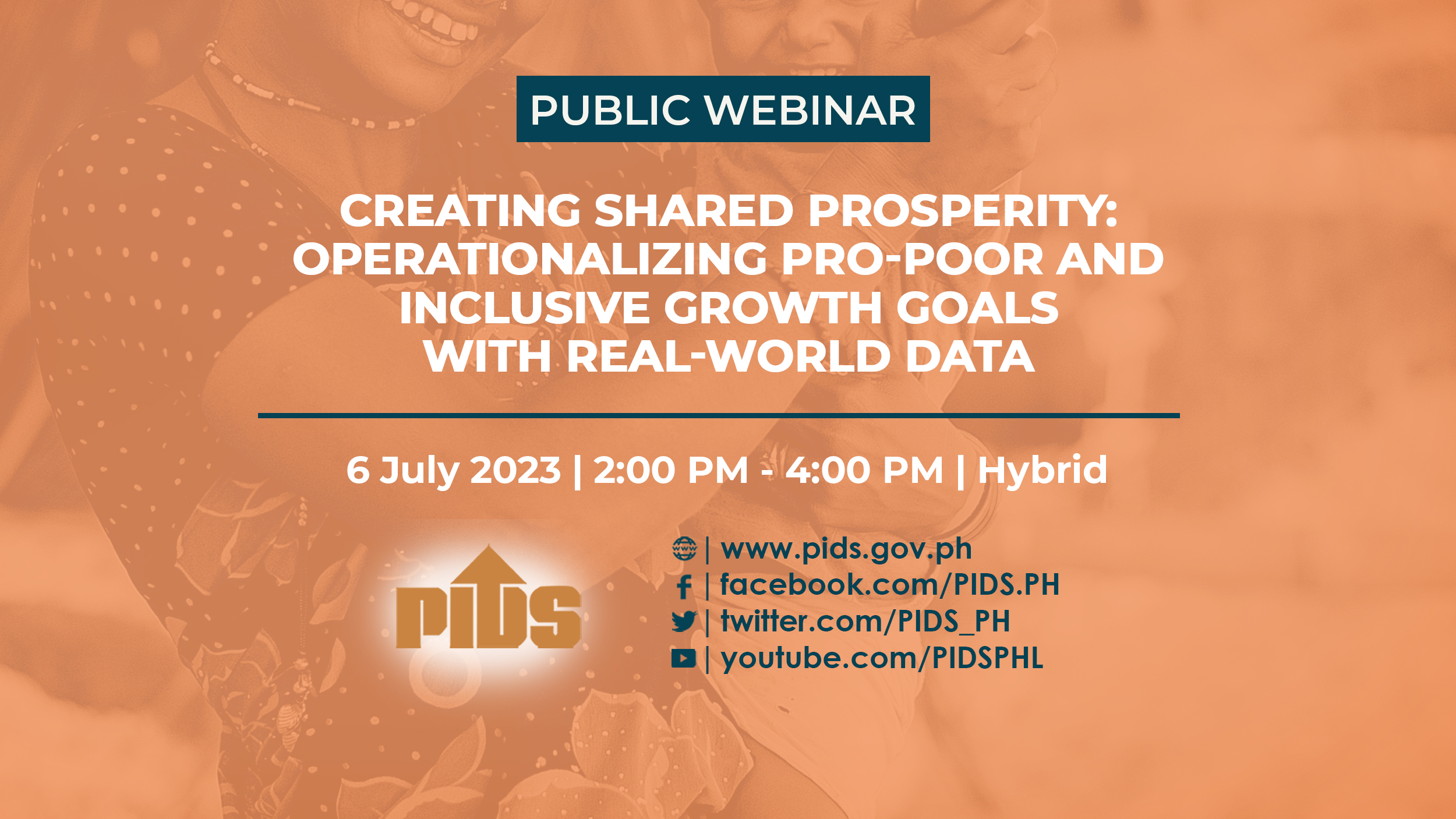POOR households lost a significant portion of their buying power owing to natural disasters, a study on the impact of natural disasters on income and poverty revealed.
At the minimum, poor households lost 7 percent of the buying power of their income owing to typhoons.
The study by Danilo C. Isarael and Roehlano R. Briones, senior research fellows of the Philippine Institute of Development Studies (PIDS), revealed that said income loss varies depending on the frequency of natural disasters, implying that assistance to poor households may be differentiated by the government based on the number of times they are affected.
Use of a general framework for studying the impact of natural disasters at the household level was developed based on a study by Lindell and Prater that said the physical impact of a natural disaster on households is determined by geographical and natural factors, hazard agent characteristics, hazard mitigation practices and emergency preparedness practices.
Under the said framework, it was suggested that after the physical impact, the social impact of a natural disaster on the household follows.
A case study was conducted in Pasay City to estimate the relationships among natural disasters, household income, and household poverty using the Community-Based Monitoring System (CBMS) Household Profile Survey of 70,326 households.
Pasay City was among the hardest-hit areas by floods, including those caused by typhoons in the National Capital Region.
The 2011 CBMS Household Profile Survey indicates that the average annual income of households was P96,509; 76 percent of households heads are male; average age of the household heads was 42.8 years; 51 percent of the household heads were married; average number of years of schooling of the household heads was 10.93 years; the average household size was 3.85 members; 3 percent of the households received cash remittances from overseas workers and 49 percent of the households were recipients of a government program.
Of the households, 29 percent of the households were affected by a typhoon or flood in the last 12 months; 71 percent were not affected; 5 percent were affected once by a typhoon or flood; 7 percent were affected twice by a typhoon or flood and 17 percent were affected more than twice by a typhoon or flood.
In conclusion, the PIDS research fellows said the occurrence and frequency of typhoons have significant and negative effects in household per-capita income, citing the case of Pasay City.
These effects, they said, would have significant and negative impacts on poor households in the city whose poverty situation would likely worsen with natural disasters.//
Poor households lose 7 percent of income to natural disasters











